
Priority Queue
In this tutorial, you will learn what priority queue is. Also, you will learn about it’s implementations in Python, Java, C, and C++. A priority […]

In this tutorial, you will learn what priority queue is. Also, you will learn about it’s implementations in Python, Java, C, and C++. A priority […]

In this tutorial, you will learn what a circular queue is. Also, you will find implementation of circular queue in C, C++, Java and Python. […]
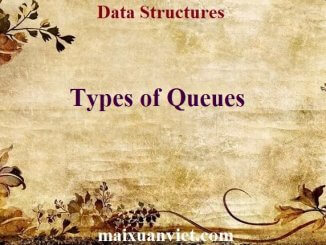
In this tutorial, you will learn different types of queues with along with illustration. A queue is a useful data structure in programming. It is similar to […]

In this tutorial, you will learn what a queue is. Also, you will find implementation of queue in C, C++, Java and Python. A queue […]

In this tutorial, you will learn about the stack data structure and its implementation in Python, Java and C/C++. A stack is a linear data […]

In this tutorial, you will learn how the divide and conquer algorithm works. We will also compare the divide and conquer approach versus other approaches […]
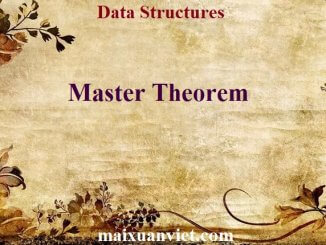
In this tutorial, you will learn what master theorem is and how it is used for solving recurrence relations. The master method is a formula […]

In this tutorial, you will learn what asymptotic notations are. Also, you will learn about Big-O notation, Theta notation and Omega notation. The efficiency of […]

In this article, we will learn why every programmer should learn data structures and algorithms with the help of examples. This article is for those […]

In this article, you will learn about data strucrture and its types. 1. What are Data Structures? Data structure is a storage that is used […]
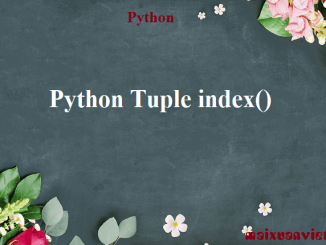
The index() method returns the index of the specified element in the tuple. The syntax of the tuple index() method is: 1. Tuple index() parameters The tuple index() method […]
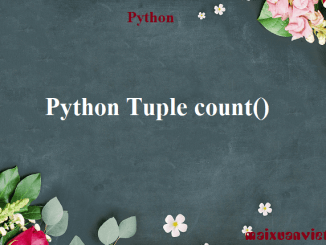
The count() method returns the number of times the specified element appears in the tuple. The syntax of the count() method is: 1. count() Parameters The count() method takes […]
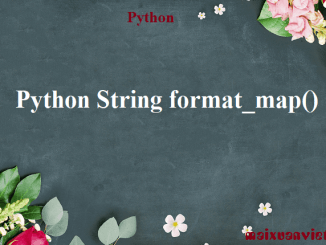
1. Overview The format_map() method is similar to str.format(**mapping) except that str.format(**mapping) creates a new dictionary whereas str.format_map(mapping) doesn’t. Before talking about format_map(). Let’s see how str.format(**mapping) works […]
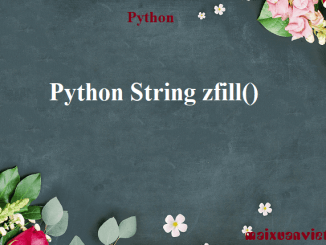
The zfill() method returns a copy of the string with ‘0’ characters padded to the left. The syntax of zfill() in Python is: 1. zfill() Parameter zfill() takes […]
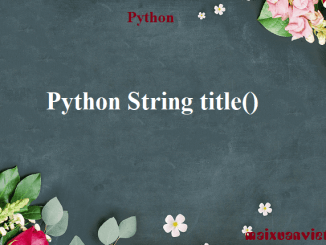
The title() method returns a string with first letter of each word capitalized; a title cased string. The syntax of title() is: 1. title() Parameters title() method doesn’t […]
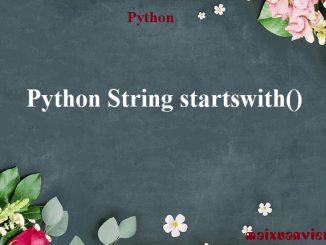
In this tutorial, we will learn about the Python String startswith() method with the help of examples. The startswith() method returns True if a string starts with the specified […]
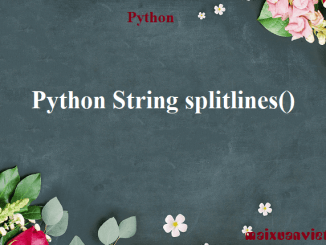
The splitlines() method splits the string at line breaks and returns a list of lines in the string. The syntax of splitlines() is: 1. splitlines() Parameters splitlines() takes […]
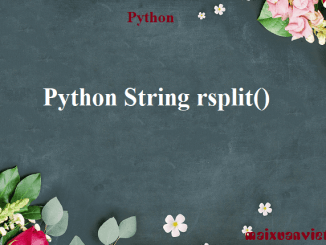
The rsplit() method splits string from the right at the specified separator and returns a list of strings. The syntax of rsplit() is: 1. rsplit() Parameters rsplit() method […]
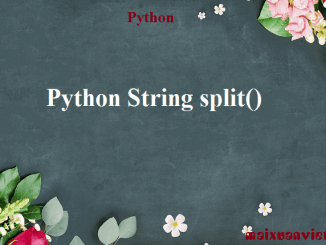
In this tutorial, we will learn about the Python String split() method with the help of examples. The split() method breaks up a string at the specified […]
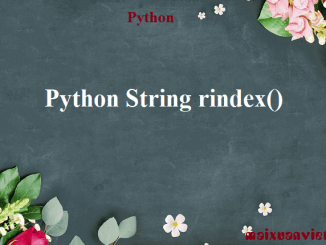
The rindex() method returns the highest index of the substring inside the string (if found). If the substring is not found, it raises an exception. […]
